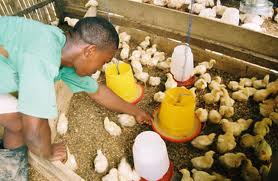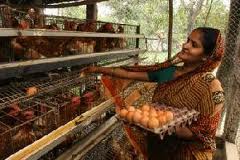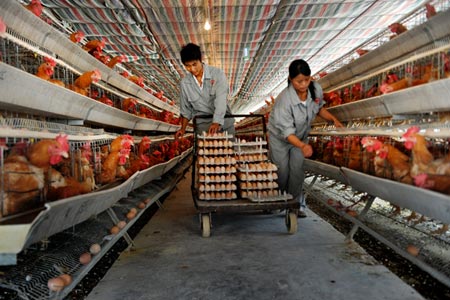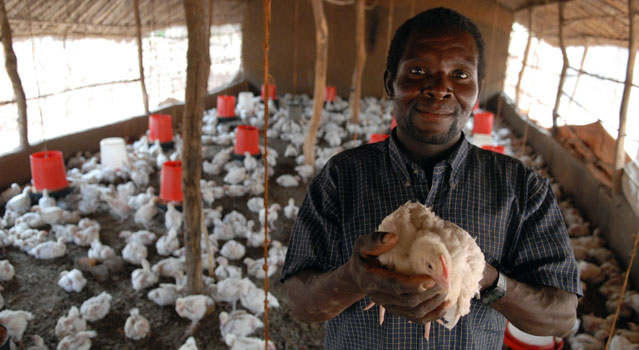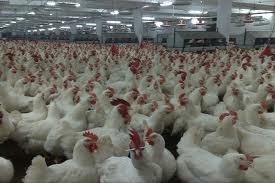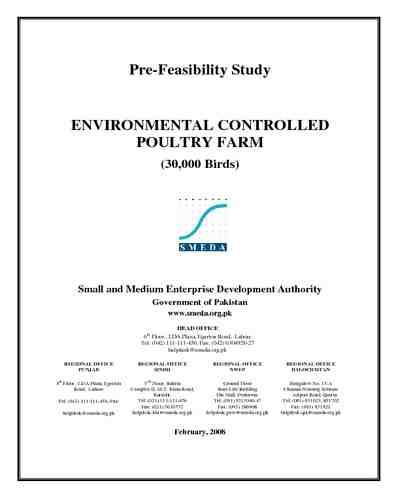Upcoming Trends in World Poultry: Eggs and Layers 2012 Global egg production has expanded rapidly in the past few years. In comparison the 1970, the output has been estimated to have tripled. In the year 1970, the output was nearly 20 million tons, but for the year 2007, it rose to 60 million tons for the whole world. A number …
Read More »World Poultry
Problems faced by small scale poultry farmers in developing countries
According to the reports and surveys conducted by UNDP all over the world, more than 1000 million people suffer from the problem of mal nutrition and come to earn less than 1 US $ per day. One of the major modes of earning for the people of Africa is poultry. Problems Faced in Family Poultry Family poultry makes up nearly …
Read More »Current picture of poultry farming in India 2012
The poultry farming sector of India has attained a lot of success over the past few decades as it has been among the most rapidly growing industries here. The growth and progress has been due the investment that has been poured in by the government and private sector. This exposition is to give you an idea about the various features …
Read More »A Comprehensive Guide of China’s Poultry Industry
History and the Development of Poultry Industry in China All the industries in China including the Poultry industry are now on the stage of total economic boom. This tremendous development and boom can be contributed to a number of factors. The development and expansion had started many years back. Based on the analysis and statistics of the china yearbook which …
Read More »Overview of Poultry Industry in South Africa
In lines to the increase in the poultry production all over the world, poultry farming in South Africa has also shown a major growth in its poultry sector. Keeping in view the last 10 years, the estimated number of birds have increased to about 49 million. Presently, the total number of birds the poultry sector in the country has is …
Read More »Quick View of Poultry Farming in 10 Developing Countries
Global poultry and trade of the poultry products has shown a major change in the past 40 years. Moreover, between the year 1970 and 2005 the poultry meat and levels of egg production had increased in a manner like never before. In other words, it can be asserted here that the trade of the poultry meat had increased in a …
Read More »Current Economic/Market Analysis Of Pakistan Poultry Industry
Overview of Pakistan Poultry Poultry is an integral component of Pakistan’s economy. The Poultry contribution of GDP in Pakistan is nearly 1.1 % and is nearly 4.8 % in terms of the agricultural GDP. Furthermore, the sector also comes to employ nearly 1.5 million people. The poultry meat is still one of the cheapest means for the people to get …
Read More »Pre-Feasibility Study Environmentally Controlled Poultry Farm (30,000 Birds) in Pakistan
The poultry farm is one of the most crucial components of the livestock sector. On a daily basis, millions of day old chicks are feed on high diet proteins all over the country. Furthermore, there are a number of reasons for which the white meat is now being preferred over the red meat. In addition to being comparatively cheaper to …
Read More »
